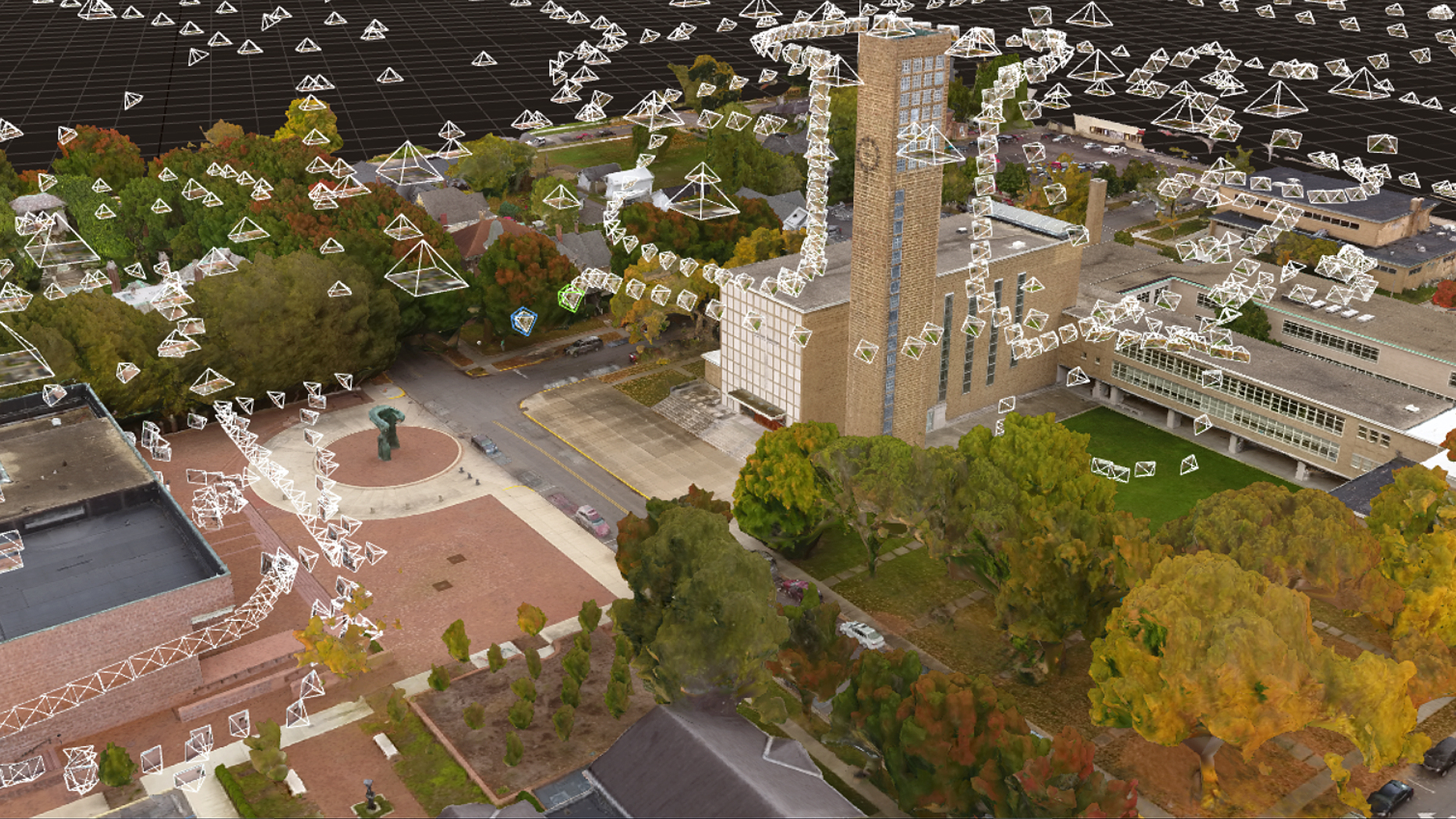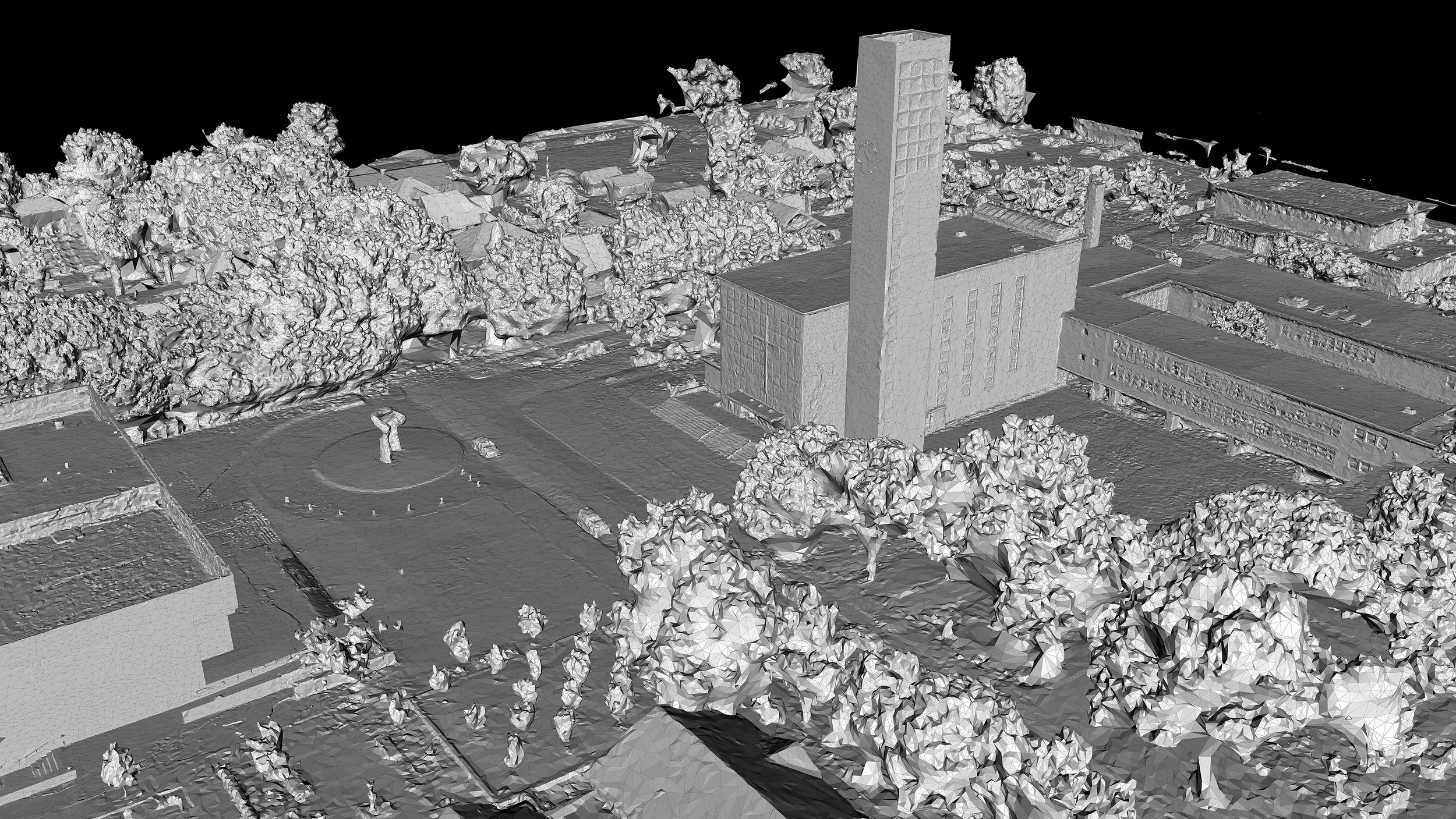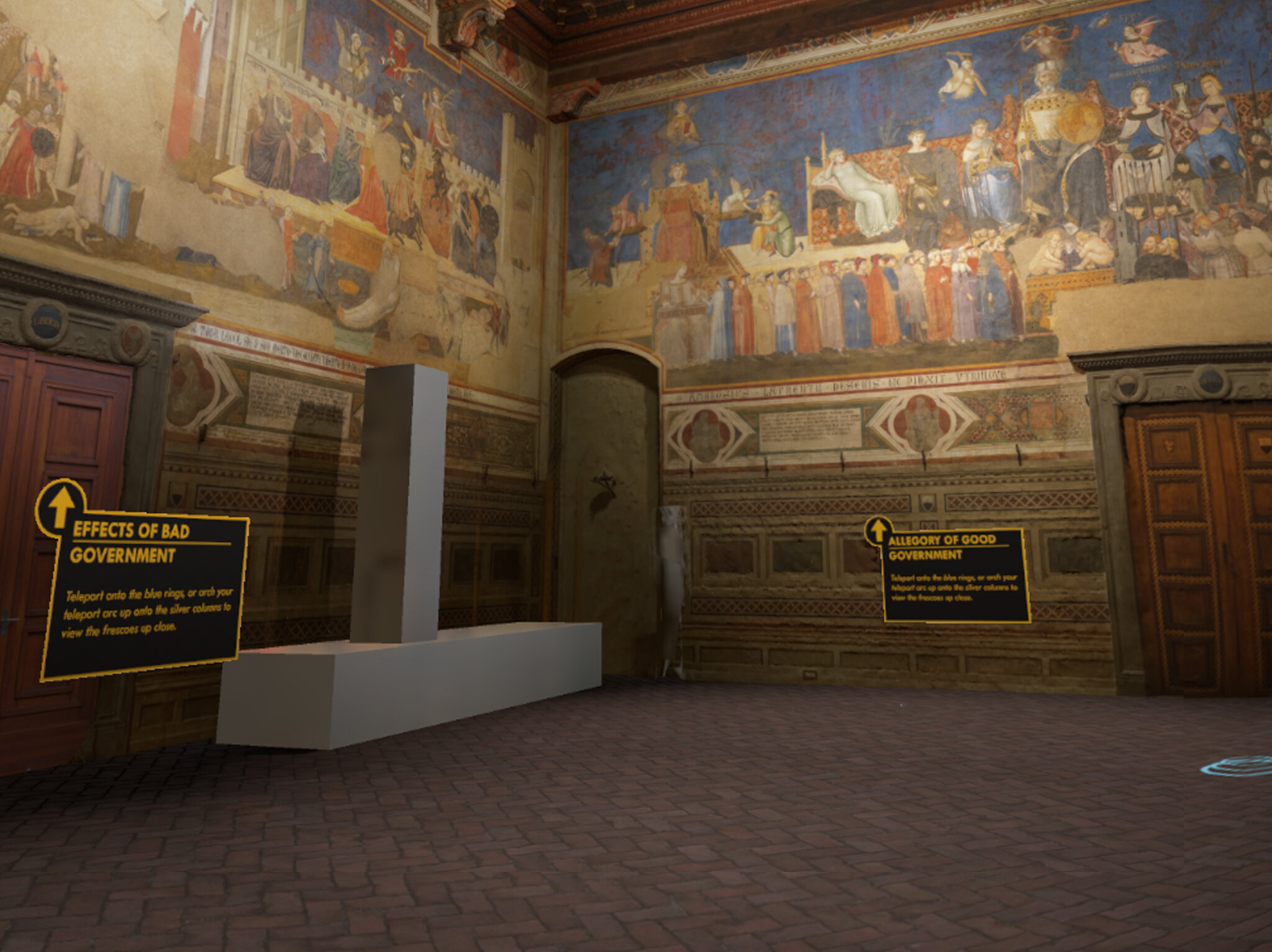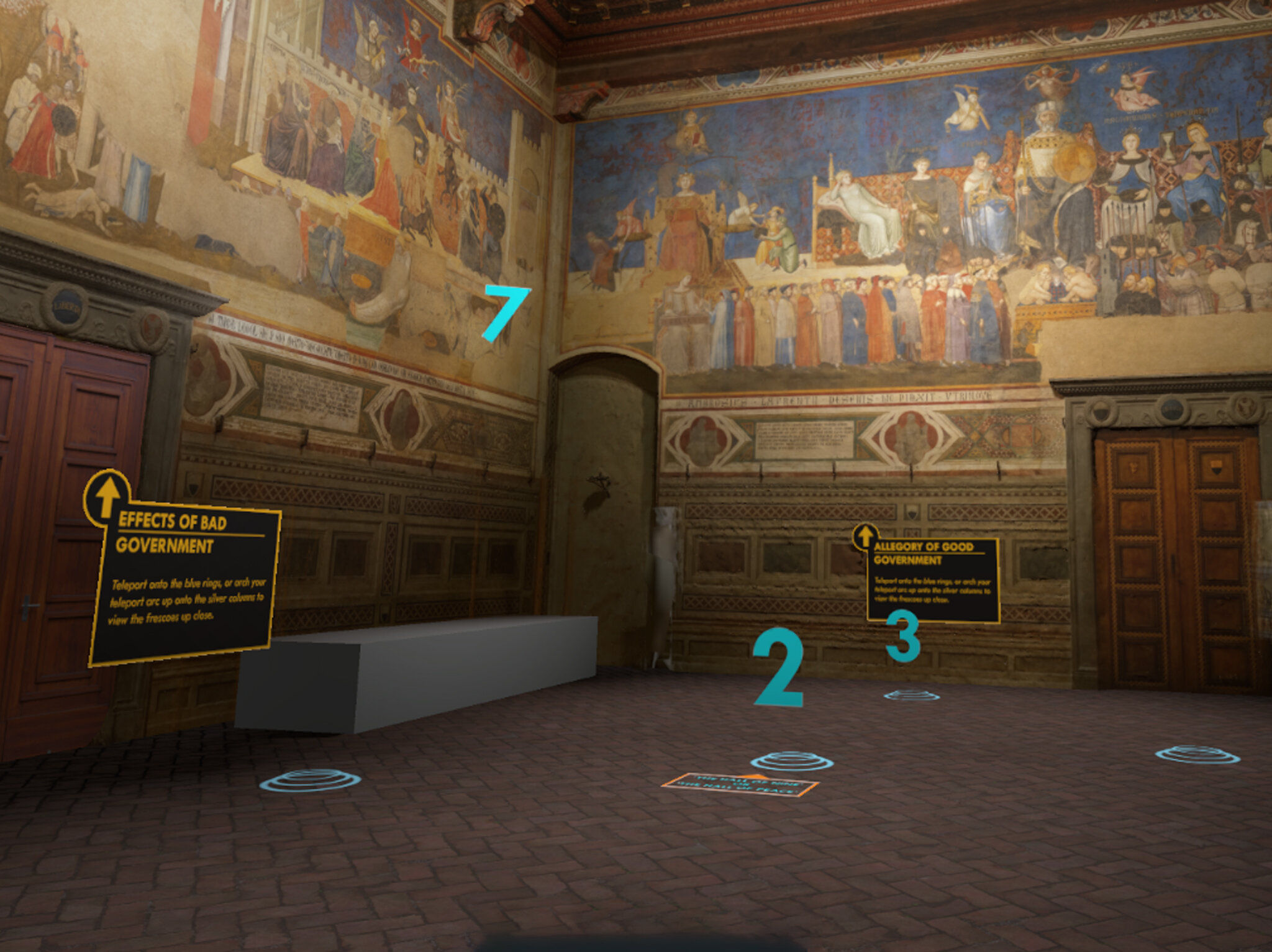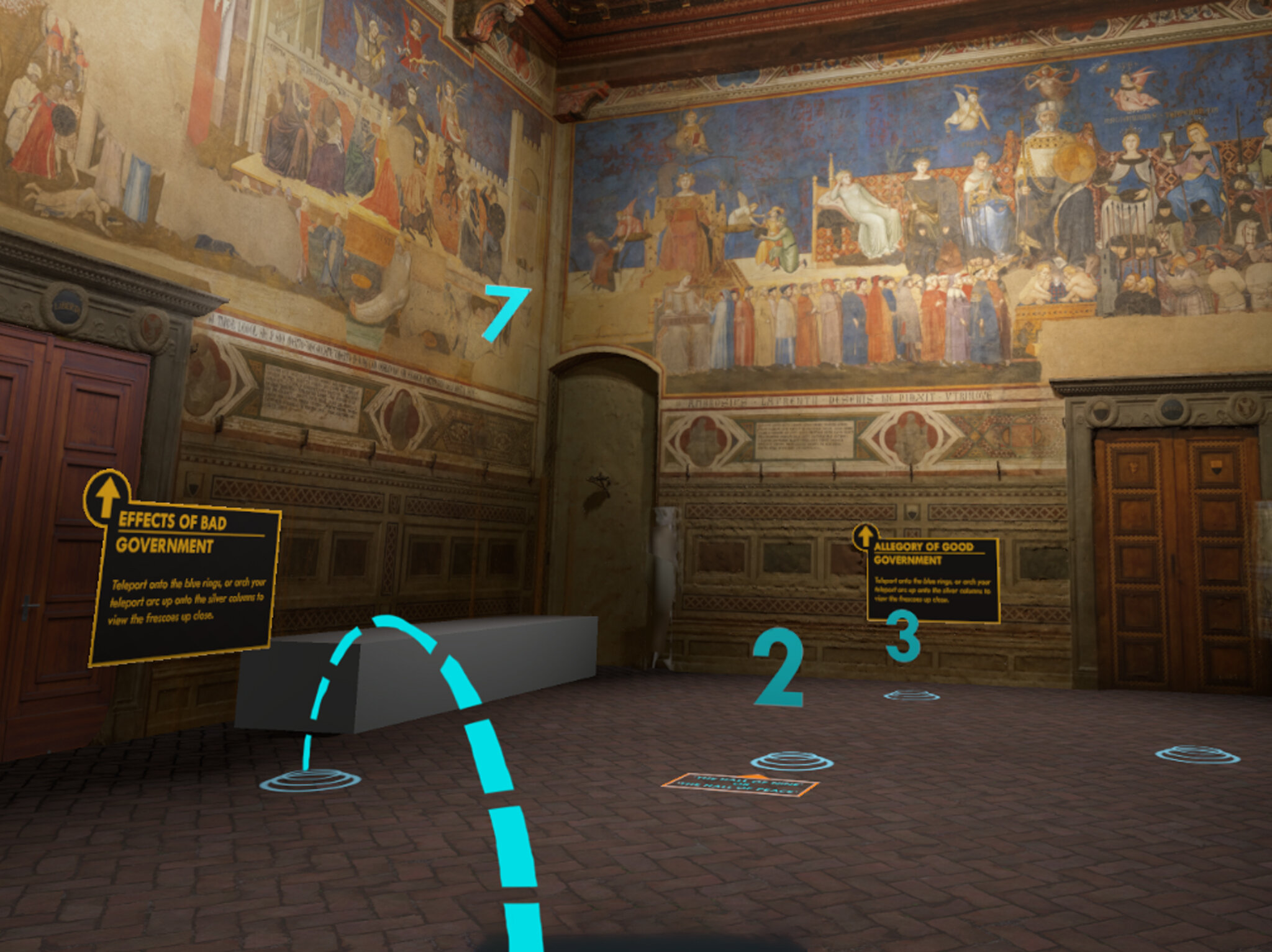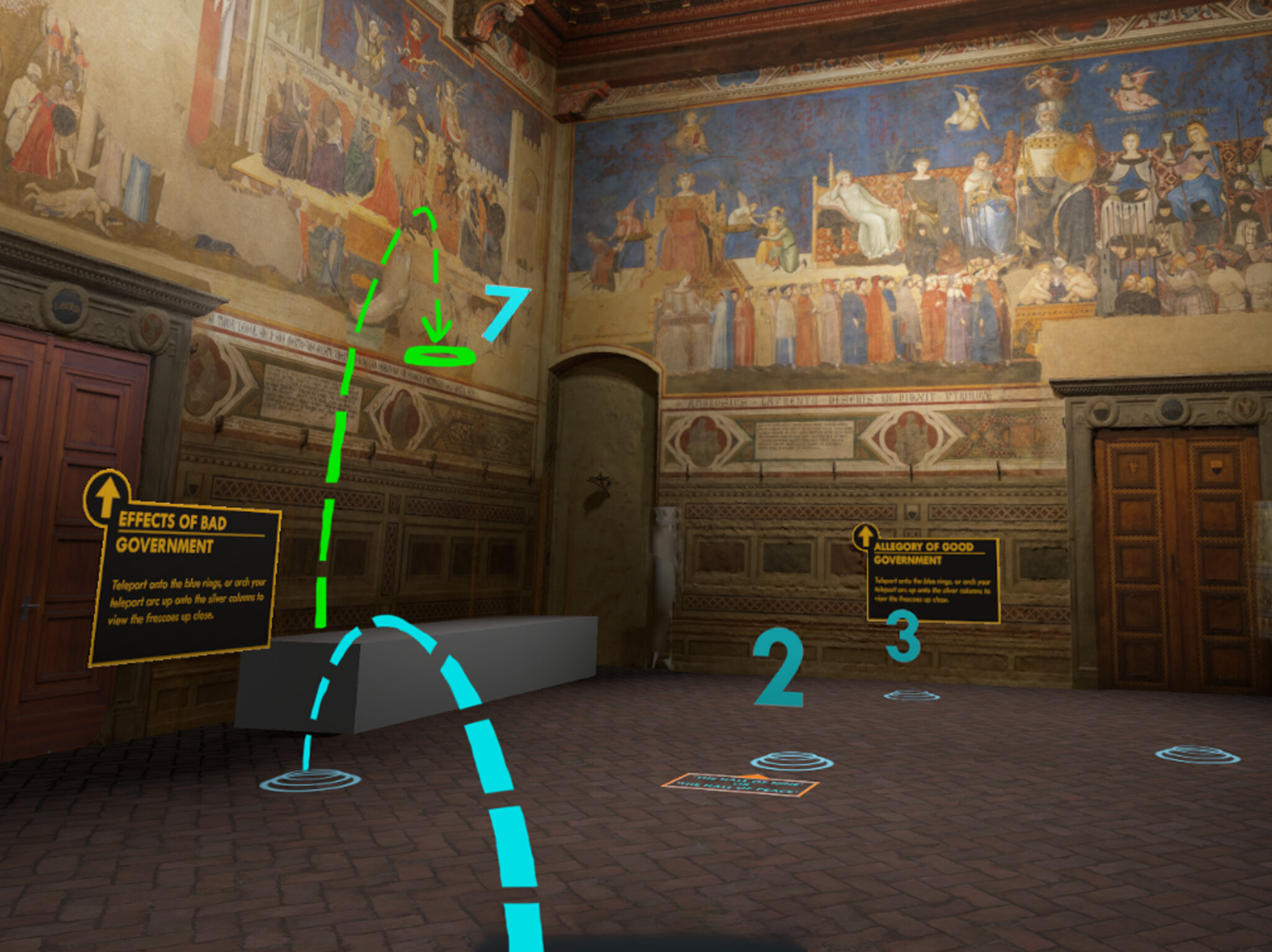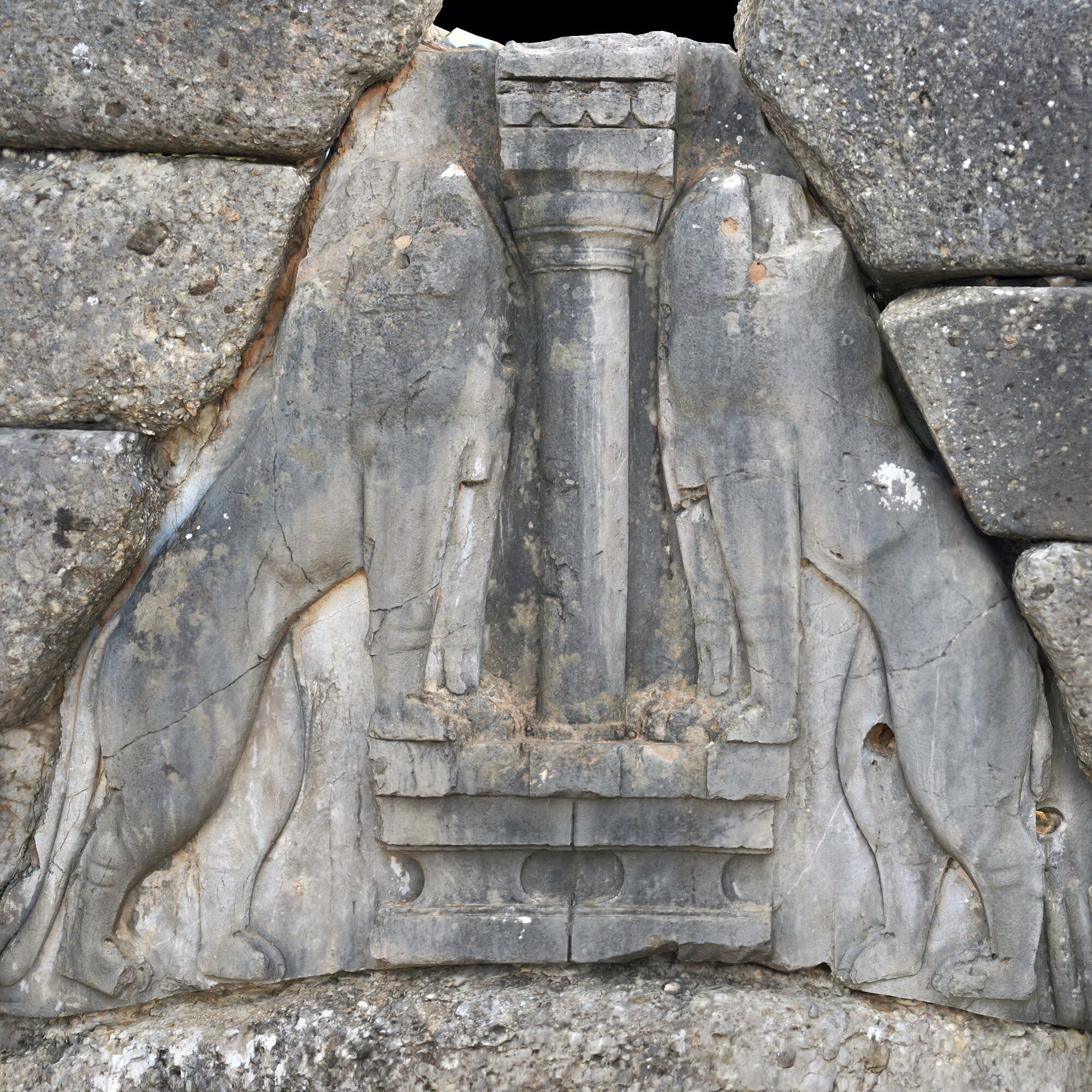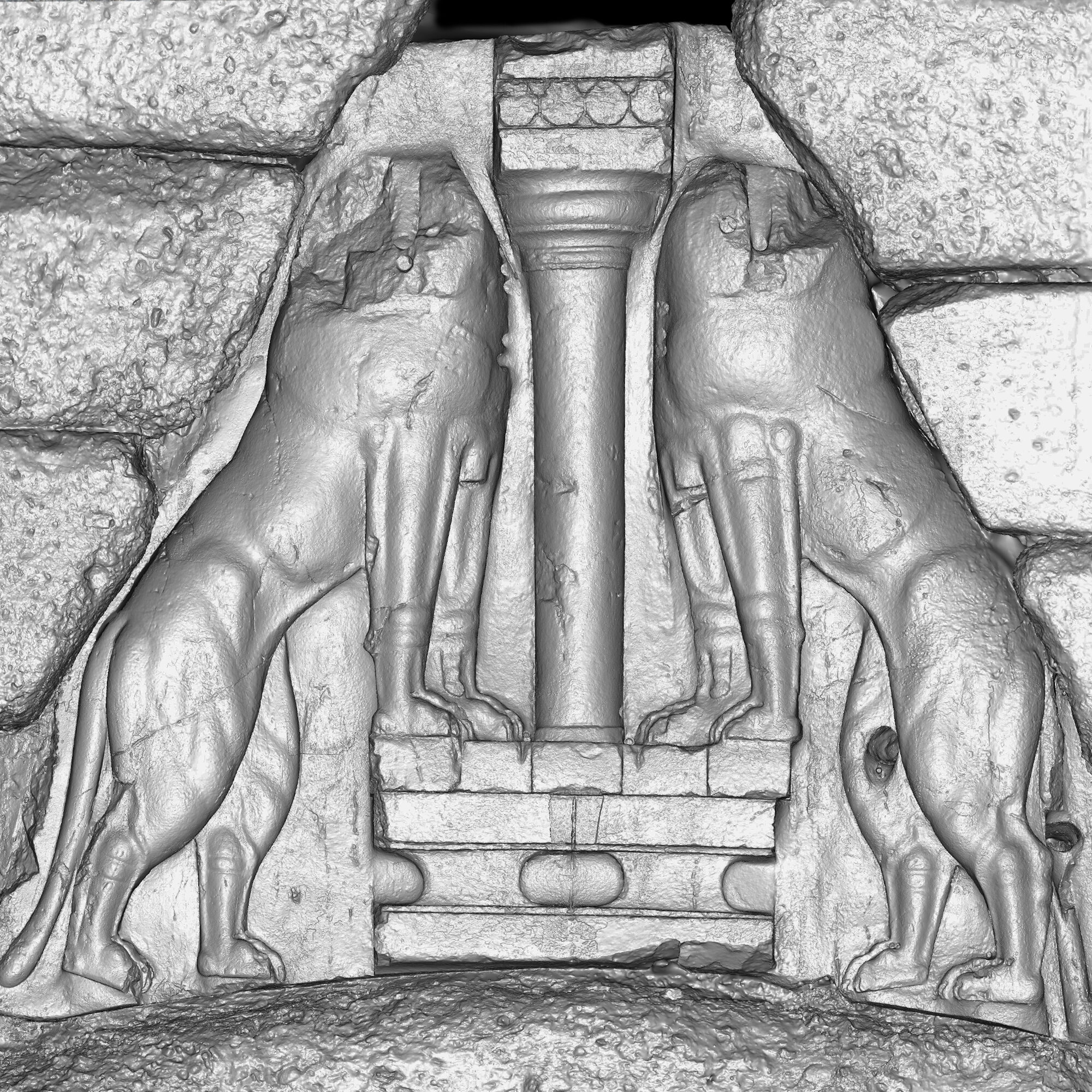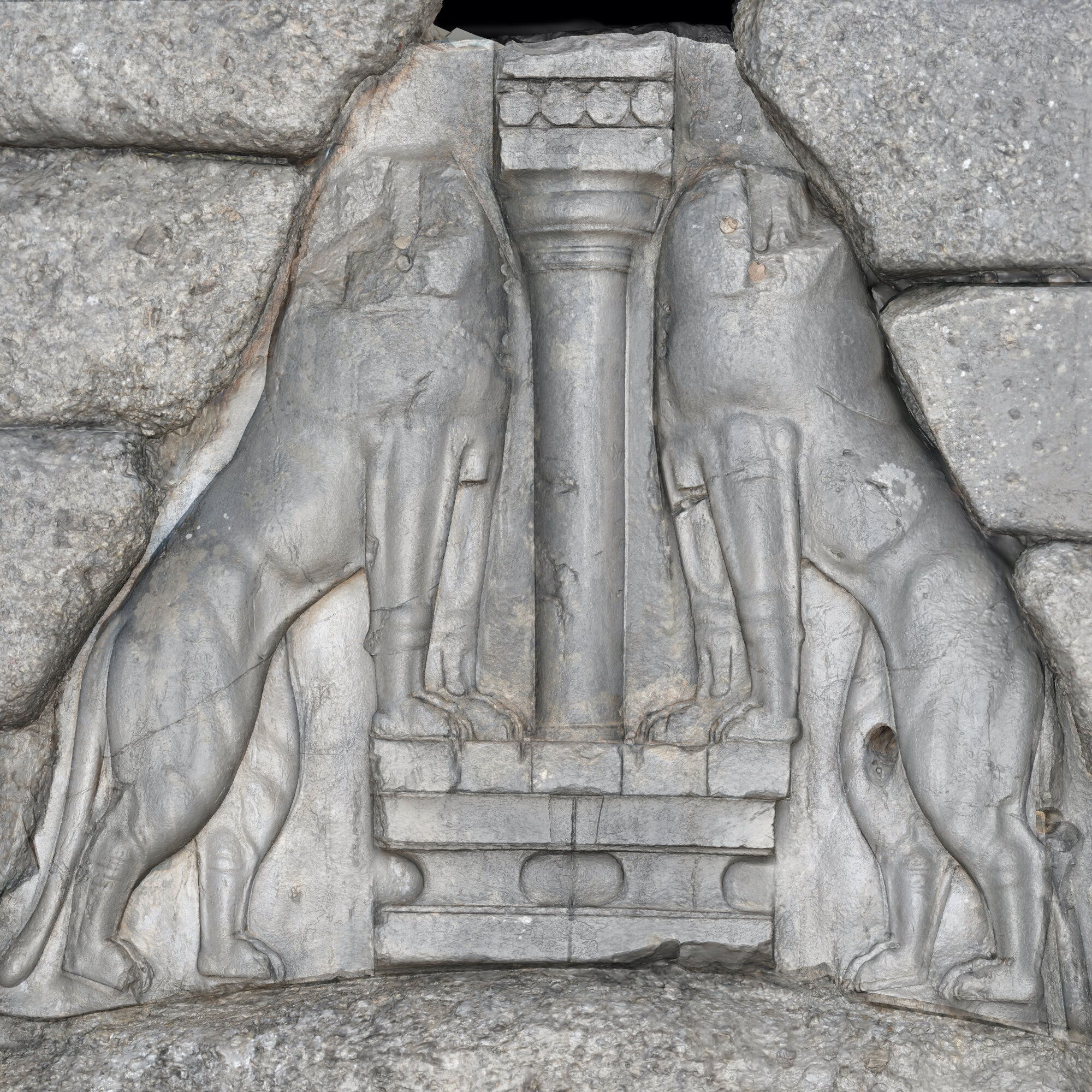There are a few steps that go into every virtual experience:
Digitization
Digitization can be the conversion of a real-world object or artifact into an accurate 3D model, or the creation from scratch of digital assets based upon drawings, plans, or documentary data.
Experience Design
Visual style, interactive components, and menu systems are just a few of the components that need to be considered and thoughtfully designed if a virtual experience is going to be enjoyable and user-centered.
Visualization
Visualization can take the form of interactive 3D models on a web page, a didactic video with still images and animation, or an immersive virtual reality environment.





